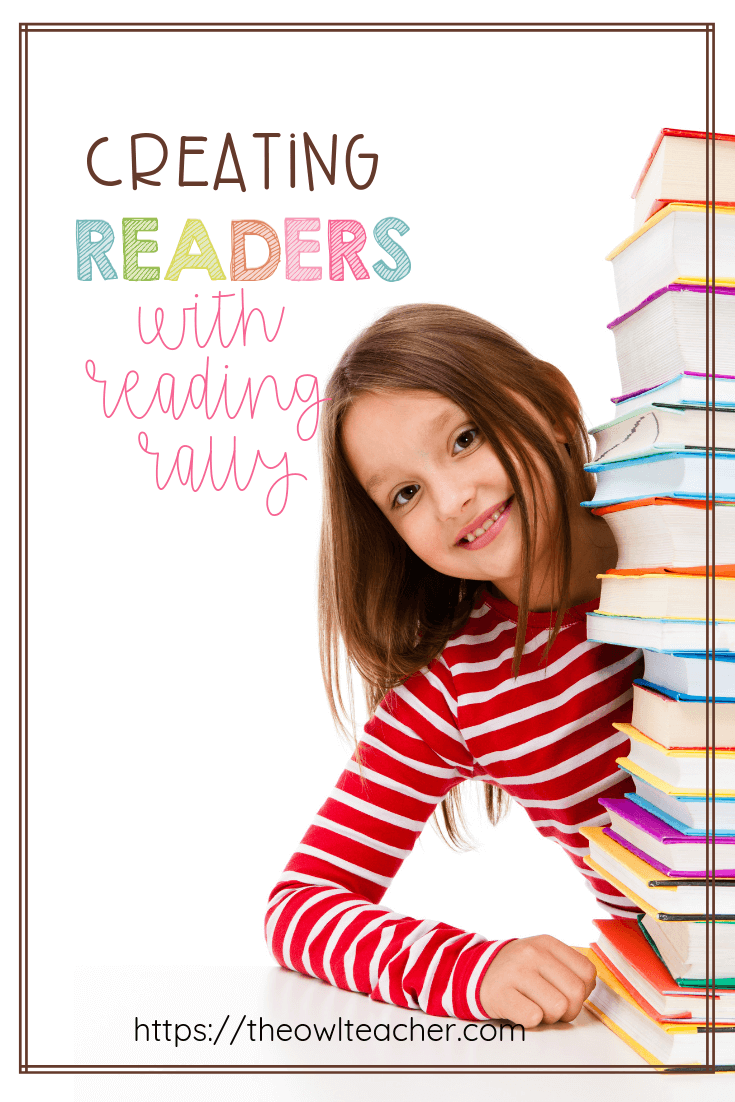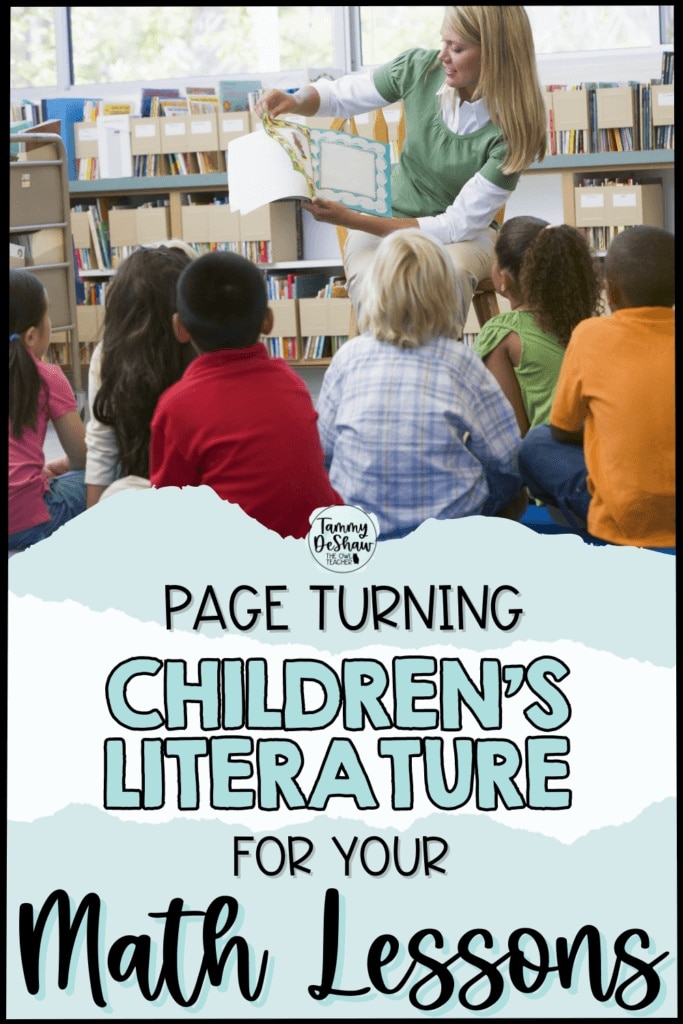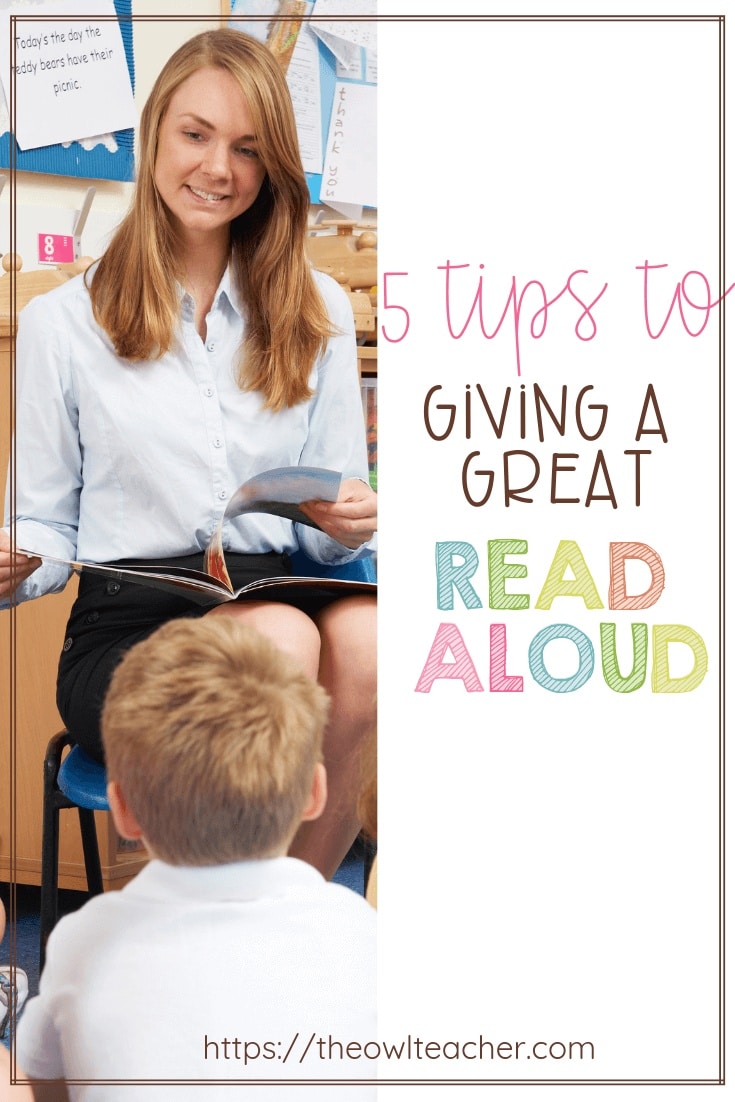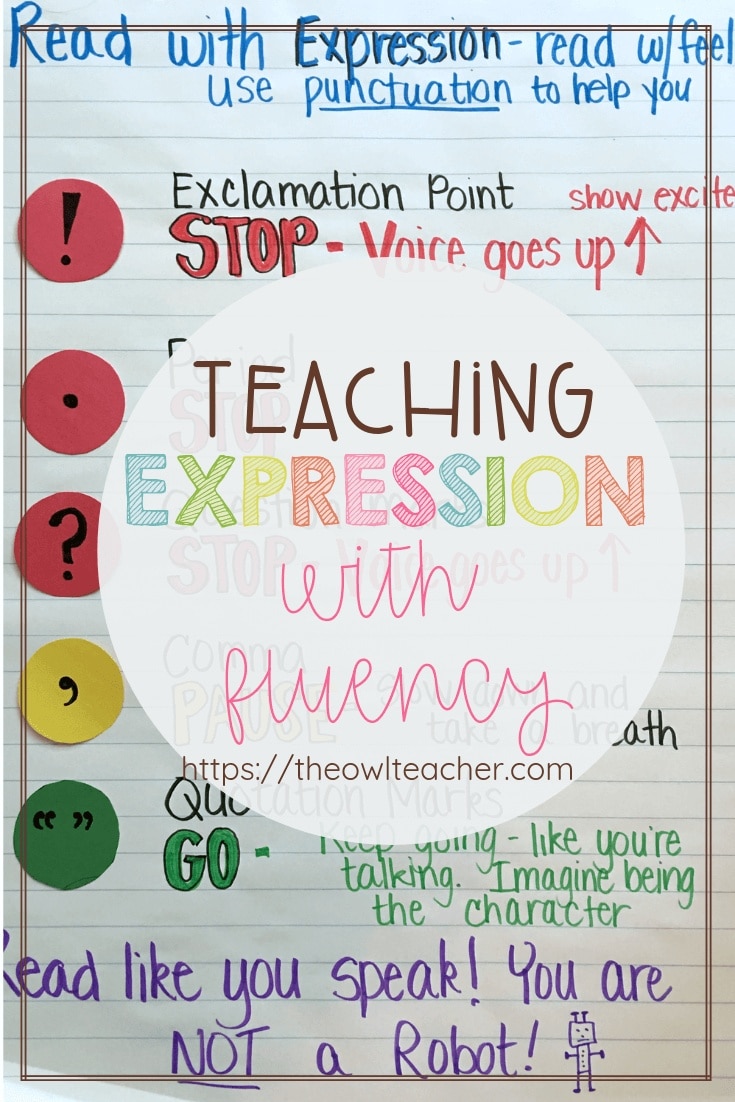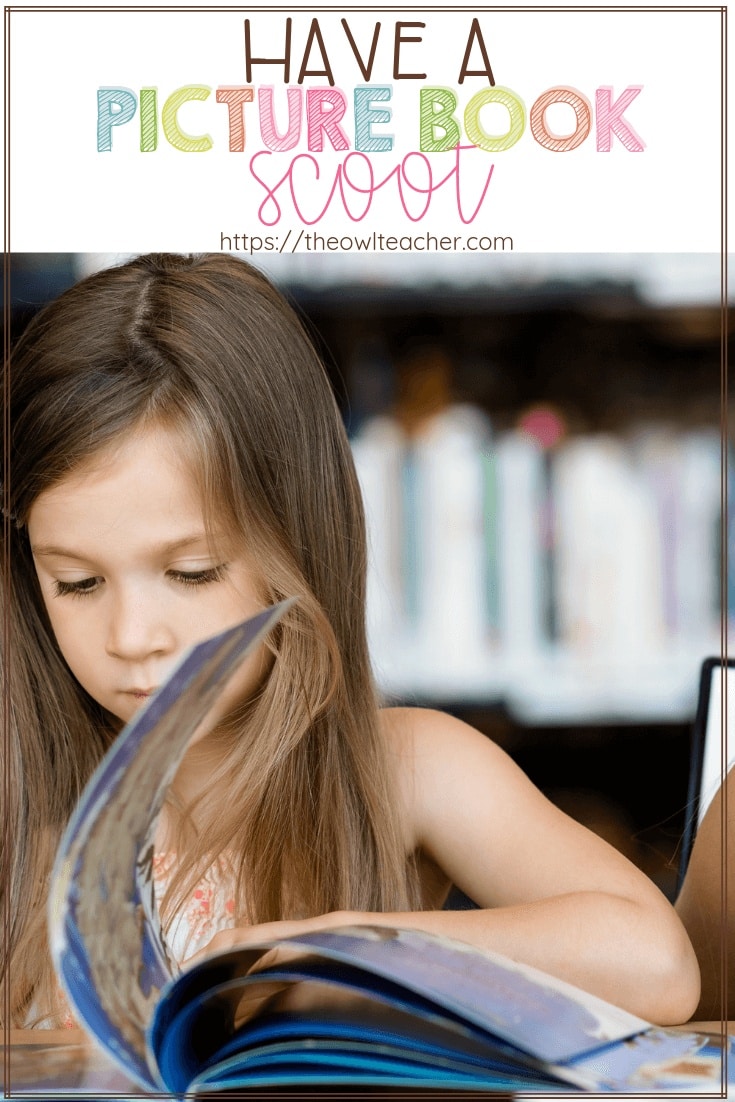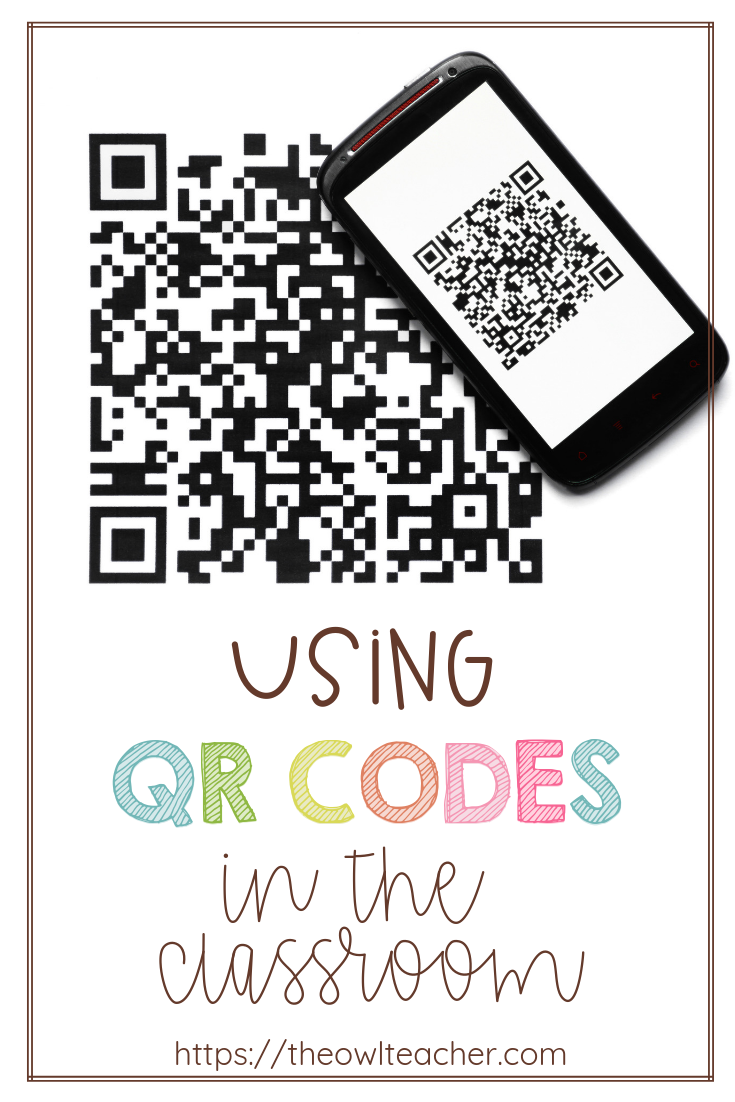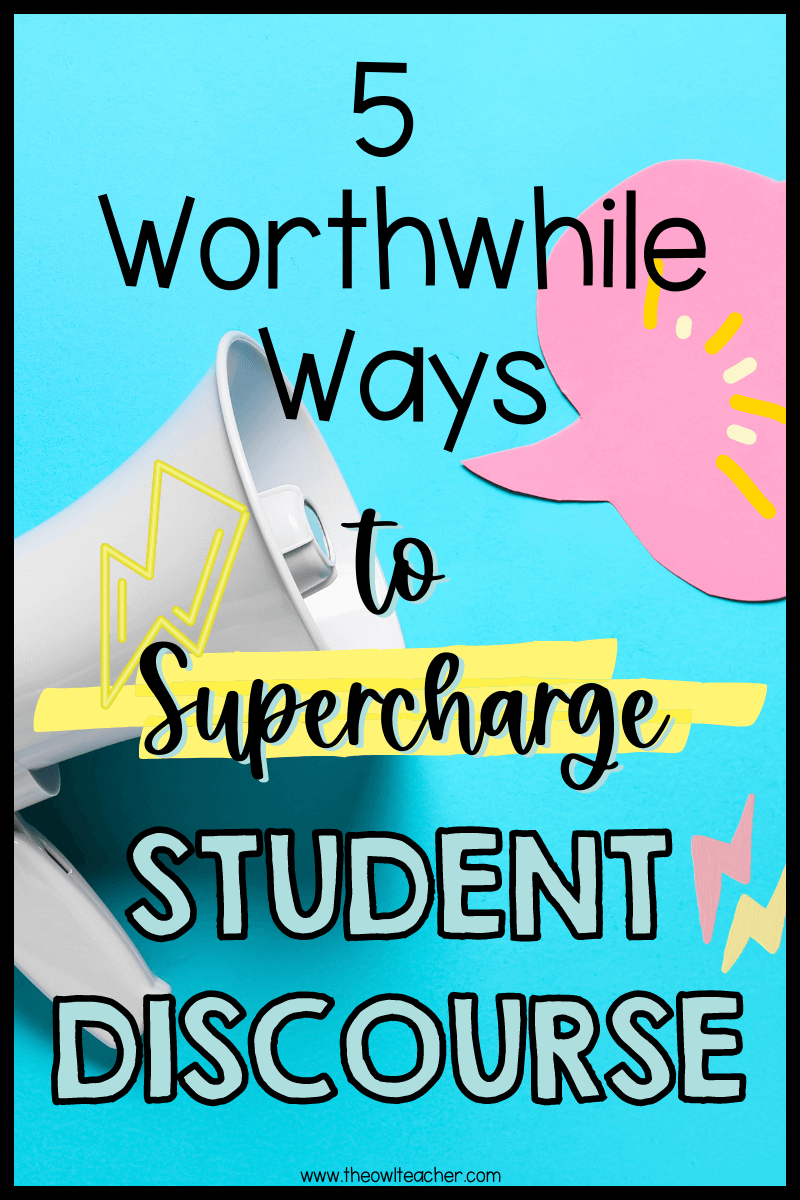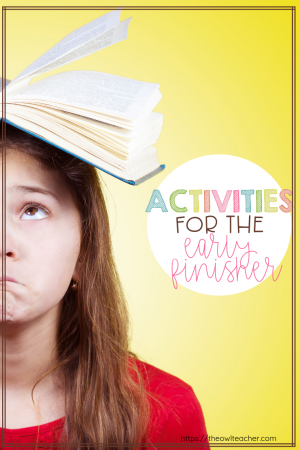
Frequent Core has required that we implement extra nonfiction into our classroom. It’s really easy in elementary to concentrate on fiction texts, however generally it may be a problem to seek out good high quality nonfiction texts. Apart from buying nonfiction books in your classroom library, I’ve 10 different concepts that will help you convey extra nonfiction into your classroom!
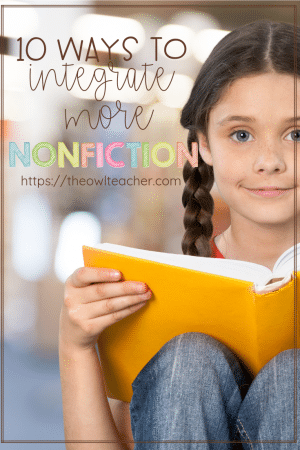
1.) Use mentor texts. I love mentor texts, so I attempt to discover nonfiction texts that I can use for any topic – science, social research, and even math! I additionally attempt to discover nonfiction texts that aren’t as dry and boring. Many new nonfiction books are beginning to have a kid-friendly really feel to them and browse extra like fiction. I’ve written many alternative weblog posts for nonfiction texts that you could be wish to try. For instance, the books No Monkeys, No Chocolate, I Don’t Like Snakes, or What If You Had Animal Hair!? are all participating nonfiction books! Click on on the heading Mentor Texts (above) to take a look at extra!
2.) Present college students with extra nonfiction studying passages. There are a wealth of nonfiction studying passages on Academics Pay Academics. Moreover, utilizing magazines corresponding to Time for Youngsters or Scholastic Information is one other approach to offer college students with high-interest nonfiction studying. You don’t even must have a subscription to learn a few of these journal articles on-line.
3.) Create a bulletin board titled “I Guess You Didn’t Know…” with a number of attention-grabbing details on subjects you might be finding out or simply random enjoyable details to catch college students’ pursuits! Wonderopolis is a enjoyable website for college students to learn a “enjoyable reality of the day!”
4.) E-book talks. I like e-book talks. Every week I like at hand choose a e-book with which to “tease” my college students a bit. I learn the e-book forward of time and choose a small part that may undoubtedly hook them. I learn it to them and pique their curiosity. That often begins the “ready record” for the textual content. You may as well have college students create their very own e-book talks by creating e-book trailers.
5.) Present occasions. Relying on the grade I’m instructing and my pupil’s skill to deal with it, I’ll generally implement a “Present Occasions” exercise for the week. Every week college students must discover a information article on the web (an excellent alternative to show college students about credibility on the web) or by means of an area newspaper. They must learn the article, give a abstract of the article, and write their viewpoint of it. Then, we flip these in or share. It’s attention-grabbing the articles college students will choose and share. (They staple the article to their writing piece.)
6.) Inquiry-based studying. Typically it may possibly look like inquiry-based studying is prolonged. At the least it does for me. However there may be some nice worth in inquiry-based studying – and the chance for college students to make the most of nonfiction books to analysis their concepts and subjects.
7.) Impartial subjects. Should you don’t really feel you may have the time for inquiry-based studying, you might all the time present a few of your college students (particularly those that have to have extra enrichment) with unbiased research. They select a subject they want to examine and, after your approval, analysis. They then current to you and/or the category their findings. College students who’re chasing their pursuits usually tend to be taught.
8.) Learn alouds. Whereas this one is much like utilizing mentor texts, generally it’s good to share a e-book with out utilizing it for a “instructing second.” Select a nonfiction e-book that reads like a fiction textual content or is expounded to a examine of matter simply to learn for enjoyment. This exhibits college students what reader appears like, and it’s stress-free.
9.) Have a month-to-month writer examine. Every month, select to concentrate on an writer of a number of books. It’s not restricted to simply fictional authors. There are lots of nice nonfiction authors, corresponding to Seymour Simon and Gail Gibbons.
10.) Lastly, present a nonfiction studying problem. Expose college students to a wide range of nonfiction varieties by having them take a nonfiction studying problem.



